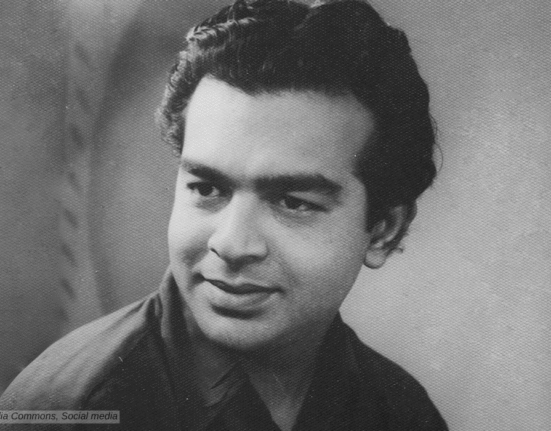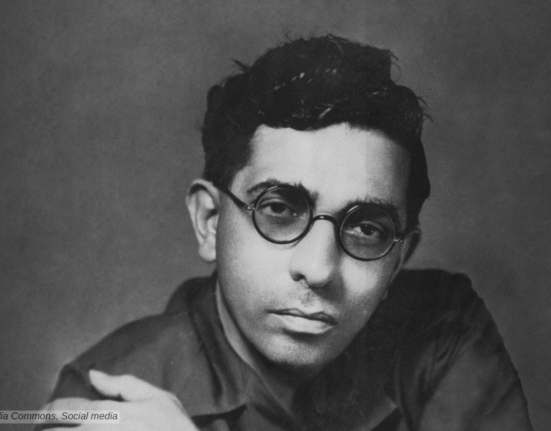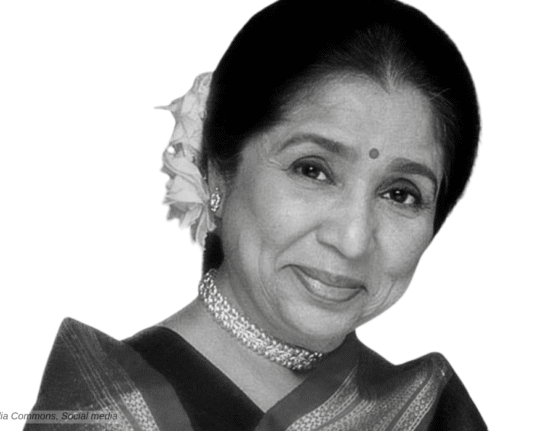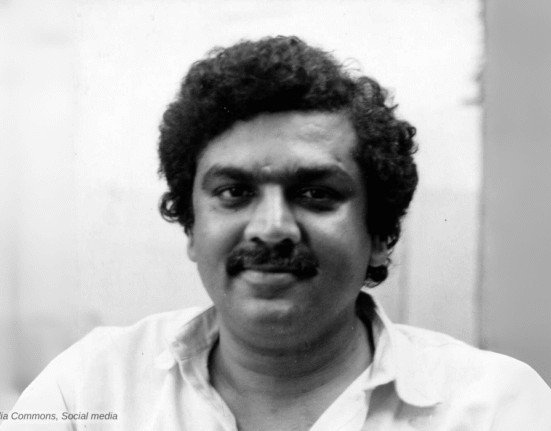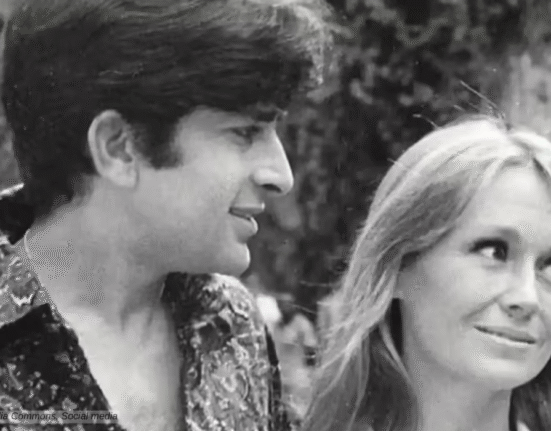Gary Cooper One of Hollywood’s most enduring leading men Gary Cooper, who, with his understated acting style and rugged charm, became a symbol of the American everyman. His versatile portfolio, which includes Westerns, dramas, and comedies, earned him immense critical acclaim and multiple accolades, including two Academy Awards for Best Actor.
The only achievement I am really proud of is the friends I have made in this community.
Gary Cooper
Birth and Early Life
Frank James Cooper, later known as Gary Cooper, was born on May 7, 1901, in Helena, Montana. His father, Charles Henry Cooper, an English immigrant, was a lawyer who later became a Montana Supreme Court justice. His mother, Alice Louise Brazier, also of English descent, was a homemaker. Cooper had an older brother, Arthur, born in 1896. Raised on a cattle ranch near Helena, Cooper learnt to ride horses by age four, a skill that would later define his Western roles.
His family moved to England in 1910, where Cooper and Arthur attended Dunstable Grammar School in Bedfordshire. This education exposed him to a more formal education and British culture. The family returned to Montana in 1915 due to the outbreak of World War I.
Education and Debut
Back in Montana, Gary Cooper attended Helena High School. In school, he excelled in debate and developed an interest in drawing. After graduating in 1918, he enrolled at the Agricultural College of Montana. He left it after a year to help manage the family ranch. In 1922, he moved to Grinnell College in Iowa to study art, aiming to become a political cartoonist. He had to drop out in 1924 following a car accident that injured his hip. Returning to Helena, he worked briefly as a cartoonist for the local newspaper.
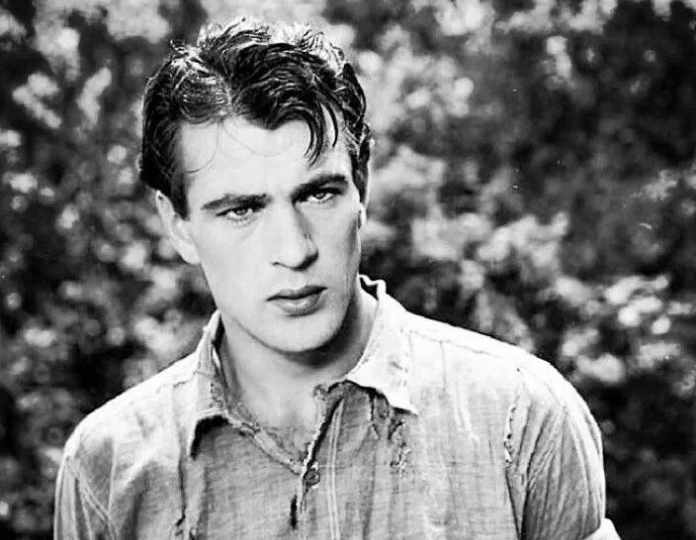
He moved to Los Angeles in 1924 to pursue illustration work. Instead, he stumbled into the film industry through a friend who introduced him to stunt riding for silent Westerns. His horsemanship and striking looks—6’3” with a lean frame—caught the attention of casting agents.
In 1925, he adopted the stage name Gary Cooper, suggested by his agent Nan Collins after her hometown of Gary, Indiana, and landed his first credited role in the silent film “The Thundering Herd (1925).”
Early Success
For the next few years, Cooper appeared in many films, slowly gaining popularity and significance. Some of his films in this period include The Winning of Barbara Worth (1926), It (1927), Half a Bride (1928), The First Kiss (1928), Wolf Song (1929), and Betrayal (1929), among others.
Cooper’s career took off with his breakout role in The Virginian (1929), one of the first major sound Westerns. In the film, directed by Victor Fleming, he played the titular cowboy with a quiet intensity that became his trademark. It was followed by films like Only the Brave, The Texan, Seven Days’ Leave, A Man from Wyoming, The Spoilers, and many more.
In 1930 he starred opposite Marlene Dietrich in Josef von Sternberg’s Morocco. The film was a big success, and his performance was praised widely. In 1931 he starred in Zane Grey’s Fighting Caravans, and Dashiell Hammett’s City Streets, opposite Sylvia Sidney. He starred in Marion Gering’s Devil and the Deep (1932) with Tallulah Bankhead and Cary Grant. In 1932, he starred in Frank Borzage’s A Farewell to Arms with Helen Hayes. The film, an adaptation of Ernest Hemingway’s novel, gets four Academy Awards nominations and won two


In 1933 he acted in Today We Live with Joan Crawford, One Sunday Afternoon with Fay Wray, and Design for Living with Miriam Hopkins. In 1933 he had a nervous breakdown following an affair with Clara Bow and exhaustion from overwork, leading him to take a year-long trip to Europe to recover.
Gary Cooper The Superstar
Throughout the early 1930s, Cooper’s career flourished with roles in adventure films and dramas such as One Sunday Afternoon (1933), Operator 13 (1934), Now and Forever (1934), The Wedding Night (1935), and The Lives of a Bengal Lancer (1935). In 1936, he strred in Cecil B. DeMille’s The Plainsman opposite Jean Arthur.
Cooper was nominated for his first Best Actor Academy Award for the 1936 film “Mr. Deeds Goes to Town” opposite Jean Arthur. In this Frank Capra-directed film, Cooper played Longfellow Deeds, a simple man who inherits a fortune and faces the cynicism of the city. The film highlights Cooper’s dramatic range and comedic timing in this social satire.
He delivered a nuanced performance in Howard Hawks’s “Sergeant York (1941).” For his portrayal of Alvin C. York, a pacifist-turned-World War I hero, he got his first Oscar for Best Actor. His iconic performance earned him immense acclaim, cementing his status as a leading man in Hollywood.
Cooper’s ability to embody the American spirit was further solidified with roles in The General Died at Dawn (1936), Souls at Sea (1937), The Adventures of Marco Polo (1938), Bluebeard’s Eighth Wife (1938), Beau Geste (1939), The Cowboy and the Lady (1938), William Wyler’s The Westerner (1940), and Meet John Doe (1941). His performances not only entertained but also inspired, as he often played characters that championed the common man.


Other Work
In “The Pride of the Yankees (1942),” Cooper starred as Lou Gehrig, the legendary baseball player whose career was cut short by illness. Cooper brilliantly captured the athlete’s humility and courage, earning his third Academy Award for Best Actor nomination. In For Whom the Bell Tolls (1943), as Robert Jordan, a dynamiter in the Spanish Civil War, Cooper brought depth to Ernest Hemingway’s adaptation, earning another Oscar nomination.
In 1952, Gary Cooper starred in Fred Zinnemann’s “High Noon” with Grace Kelly and Katy Jurado. The film’s real-time storytelling and Cooper’s stoic performance made it a classic. In the film, his portrayal of Marshal Will Kane, a lone lawman facing outlaws, earned him his second Oscar for Best Actor. During High Noon, Cooper performed with a bleeding ulcer, adding real pain to his tense performance.
Some of his other notable films include The Fountainhead (1949), Bright Leaf (1950), Vera Cruz (1954), Friendly Persuasion (1956), Love in the Afternoon (1957), Man of the West (1958), The Hanging Tree (1959), The Wreck of the Mary Deare (1959) and many more.
Cooper’s final film was Michael Anderson’s “The Naked Edge (1961),” opposite Deborah Kerr. In the film he played George Radcliffe, a businessman suspected of murder. The film was released posthumously after his death.
Gary Cooper – The Actor
Cooper’s acting method was characterised by minimalism and authenticity, often described as “underplaying.” He relied on subtle expressions and a natural demeanour, letting silence and physicality convey emotion rather than overt theatricality. Directors noted his ability to internalise roles, as seen in Sergeant York, where he spent time with the real York’s family to capture the man’s essence.
Cooper’s preparation involved studying scripts deeply but avoiding over-rehearsal, believing spontaneity brought truth to his performances. His slow, deliberate speech—once mocked by John Barrymore as “the great American monotone”—became a defining trait, adding gravitas to characters like Will Kane in “High Noon.” Cooper’s approach suited the strong, silent archetypes he often portrayed, making him a natural fit for Westerns and heroic roles.
Awards and Accolades
Gary Cooper’s career achievements include two Best Actor Oscars (Sergeant York, High Noon), a 1961 Honorary Academy Award for his contributions to film, and three additional Oscar nominations. He was the first actor to win consecutive Golden Globes (1953, 1954). He ranks 11th on the American Film Institute’s list of the 25 greatest male stars of classic Hollywood cinema.
Personal Life
Cooper married Veronica Balfe, a New York socialite and aspiring actress known as Sandra Shaw, on December 15, 1933. They had one daughter, Maria, born in 1937, who later became an artist and philanthropist. The marriage endured despite Cooper’s affairs with actresses like Clara Bow, Marlene Dietrich, and Patricia Neal, the latter causing a brief separation in the early 1950s.
Cooper and Balfe reconciled, remaining together until his death. In his later years, he converted to Catholicism in 1958, influenced by his wife and daughter, and lived quietly in Beverly Hills.
Cooper, diagnosed with prostate cancer in 1960. He had a surgery and was fine for a few months. His doctors soon find that thecancer spread to his lungs. He died on May 13, 1961—six days after his 60th birthday—in Los Angeles. His funeral was held at the Church of the Good Shepherd. He was buried at Sacred Hearts Cemetery in Southampton, New York. His remains were later moved to a memorial garden near his family plot in 1974.
Gary Cooper on IMDB




